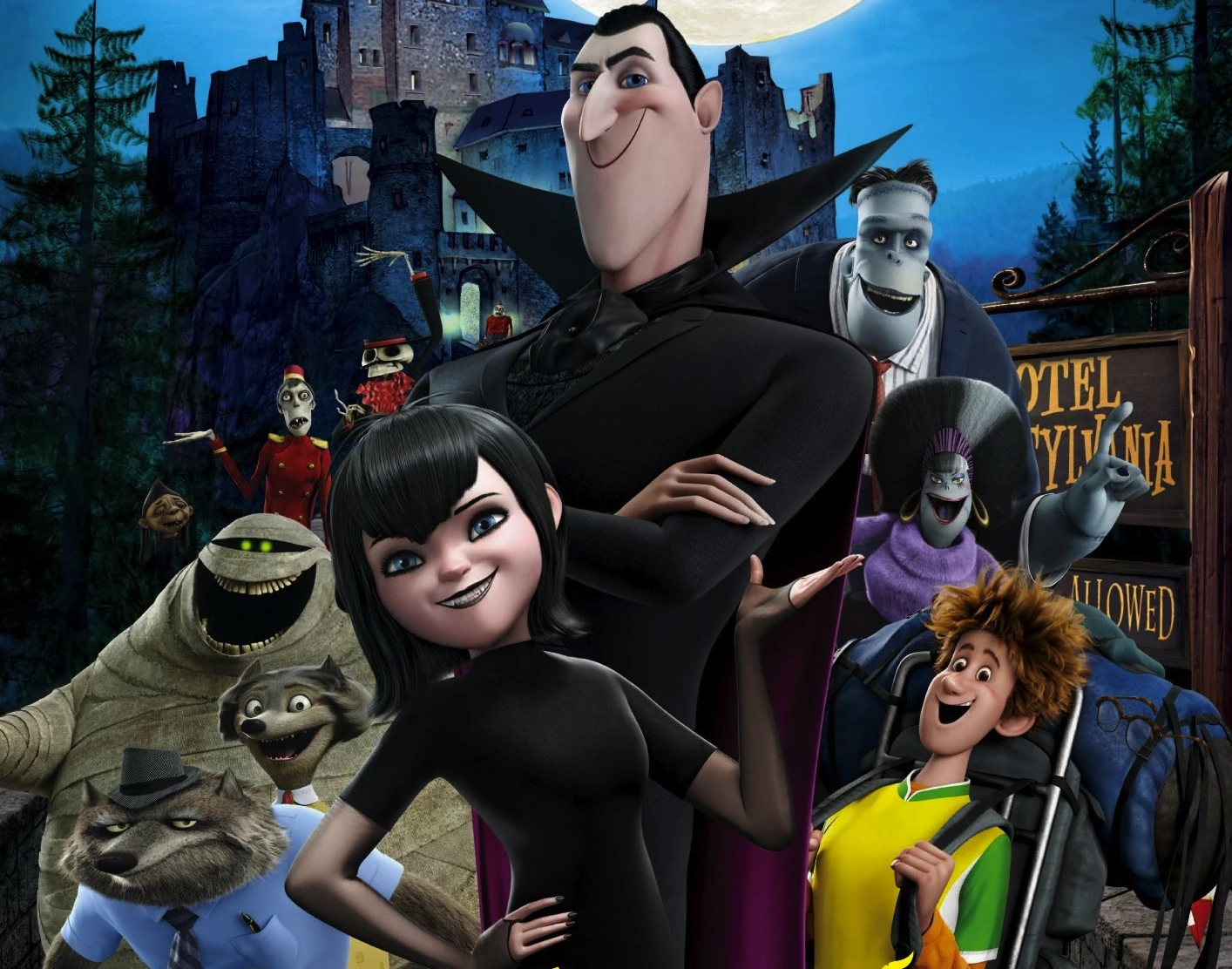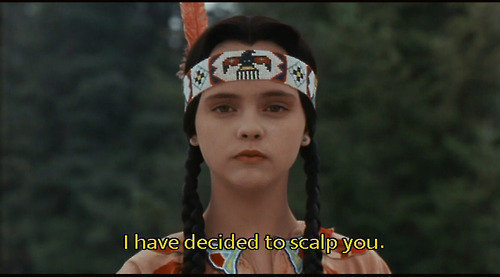On Saturday, October 24, 2015 Hollywood lost one of
its legendary leading ladies with the death of Maureen O’Hara. Born in Dublin,
Ireland in 1920, O’Hara arrived in the US after being cast in Charles Laughton’s
adaptation of The Hunchback of Notre Dame
in 1939. Her portrayal of the equal parts tormented and sensual gypsy dancer,
Esmeralda, earned the notice of studios and audiences alike and marked the
start of a Hollywood career that would last decades. While her flame colored
tresses and emerald eyes brought her the nickname ‘the queen of technicolor’,
it was her fiery portrayal of a host of intelligent, no-nonsense, heroines that
brought her from the realm of alluring starlet to the much deserved status of
leading lady. Here are three of my favorite Maureen O’Hara films that I
recommend not only to viewers unfamiliar with O’Hara’s work, but also to cinema
buffs looking for an inspiring film experience.
Dance,
Girl, Dance: Released just one year after O’Hara’s
arrival in Hollywood, this film was considered a commercial and critical
failure upon its initial release. As the feminist movement of the 1970’s took
hold, however, the film was re-examined and touted for its themes of female
independence and artistic integrity. The film tells a tale of a group of
aspiring dancers struggling to make a living on the stage, focusing upon two very
different women; brassy stage veteran, Bubbles (Lucille Ball) and naïve
newcomer, Judy (O’Hara). As the film progresses, the pair are continually put
in competition with one another in their pursuits of both romantic and career
success, with Bubbles repeatedly outshining Judy through her willingness to do
whatever it takes, with whoever it takes, to get ahead. Although not a classically
trained dancer, O’Hara beautifully carries off the ballet, jazz, and hula routines
that the script calls for, adding a sense of realism to the film’s proceedings.
Over the course of the film, she develops the character of Judy from an innocent,
but determined, girl to a disillusioned, but self-respecting, woman in such a way
that Judy’s evolution is a natural progression, rather than a required plot
point. While Bubbles, with her constant wisecracking and racy antics, would
initially seem the more enticing character to play, O’Hara imbues Judy with a steely
resilience and strength of character that endears her to audiences. Similarly,
O’Hara succeeds in the difficult task of holding her own against the formidable
comedic talents of Lucille Ball. Despite the fact that it debuted in 1940, the
film remains startlingly modern with Judy’s burlesque hall speech to a heckling
audience offering insight into women’s roles in entertainment and society at
large still which still resonates today. For a dance drama that will get your mind working as well as your toes tapping, look no further than Dance, Girl, Dance.
 |
| That best not be heckling I hear... |
Miracle
on 34th Street: With a cast featuring Kris Kringle
himself, the role of jaded divorcee Doris Walker easily could have been relegated
to a background part. In Maureen O’Hara’s hands, however, Doris is no humbug,
but is instead an entirely believable and relateable character. While the film’s
main story arc concerns the trial of a beloved department store Santa Claus
wrongfully accused of being criminally insane, the film also contains another
more poignant, if less flashy, tale of a hardened woman reconnecting with her
childhood idealism. At the film’s start, Doris is a recently divorced
department store manager and devoted mother, whose rigid approach to office
management is directly mirrored in her strict home life. Her initial dismissal
of both neighbor Fred Gaily (Jeffrey Lynn)’s optimism and Kringle’s whimsy make
her at first seem a difficult character bordering on unsympathetic. As the
story progresses, however, it is revealed that Doris’ efforts to instill practicality
in her daughter are all part of an attempt to shield Susan from the pain of
later disillusionment. Even with this insight into her past, however, the script still threatened to
leave Doris a stereotypical scorned woman, but O’Hara’s warmth and wit ensures
that her character is a multifaceted person rather than a mere plot device or
type. Over the course of the film, she develops the role with a nuance and
subtlety that makes the drastic change in Doris at the film’s finish a logical
and hard won metamorphosis rather than the overnight transformation typically found
in inspirational tales. While Kringle’s
exoneration is the miracle usually associated with the film’s title, Doris
Walker’s rediscovery of her lost faith in life and love are equally miraculous, and it is this adult aspect of the script that continues to resonate with audiences
long after their belief in St. Nick has faded.
 |
| Fine, you can believe in Santa, but the Easter Bunny and Tooth Fairy are off-limits |
The
Quiet Man: Despite acting in over sixty films in a
career that spanned from the 1930’s until the early 2000’s, Maureen O’Hara
remains best known for a series of films she appeared in opposite western icon
John Wayne, in particular their 1952 film The
Quiet Man. The film tells a deceptively simple tale of an American boxer
connecting with his Irish roots following a devastating accident in the ring. The film
begins in a gentle fashion with Wayne’s Sean Thorton acclimating himself to
life in the Emerald Isle until O’Hara bursts onto the scene in a performance
that is nothing short of pure dynamite. In her portrayal of Mary Kate Danaher
she is at her most fiery as she by turns brawls with and bewitches Wayne’s
world weary boxer. It is the complicated relationship between the central couple that provides the fireworks in an otherwise lilting tale of small-town life. While the two are instantly attracted to one another, a land dispute between Sean and Mary Kate's hard drinking brother and Mary Kate's own insistence upon adhering to the arduous traditions of Irish courtship make their romance a hard-earned one. Throughout the film, chemistry between O'Hara and Wayne lights up the screen, leaving little wonder as to why the two were paired together so often. Although the role of Mary Kate is one that can be best summarized by stubbornness,
pride, and defiance, it is also one that equally called for tenderness and
affection; a combination that required the actress playing it to walk a
tightrope between the character’s extremes. Fortunately for audiences, O’Hara
was more than equal to the task and her Mary Kate is fierce without becoming shrewish and loving without ever taking any nonsense from the men in her life; in short she is a lass that the film's hero and audiences alike can't help falling in love with. John Wayne once said of his frequent co-star, "She is a great guy"; as these three films and the many others that she starred in show she was also a truly great actress.












